Since its inception in 1984, the U.S. Sentencing Commission (the “Commission”) has struggled to garner and maintain a sense of legitimacy among federal judges. The tension is both a story about competing expertise between judges and the Commission and competing values, namely uniformity and individuality. In 1993, the U.S. Supreme Court in Stinson v. United States prioritized uniformity by telling lower courts to treat the Commission as they would any other administrative agency. Lower courts—for the most part—faithfully executed this directive until 2019, when the Supreme Court in Kisor v. Wilkie gave them another option, one that seemed to leave room for more judicial discretion and, therefore, more sentence individualization, but at the expense of uniformity goals.
This Note examines the circuit split over what level of deference federal judges owe to the commentary to the U.S. Sentencing Guidelines. This Note then advocates for the Supreme Court to abandon deference doctrines in the sentencing context altogether. Instead, this Note suggests that the Court adopt a new approach—what this Note calls the “cooperative partner” approach, inspired by how judges interact with the Advisory Committee Notes that accompany the Federal Rules of Civil Procedure. This Note concludes by arguing that the cooperative partner approach recognizes and respects the sui generis nature of the Commission in ways that encourage key sentencing actors—namely, federal judges, the Commission, and Congress—to prioritize rationality and fairness in federal sentencing.

